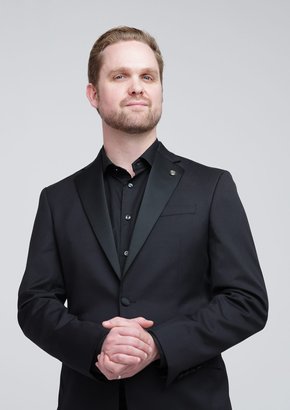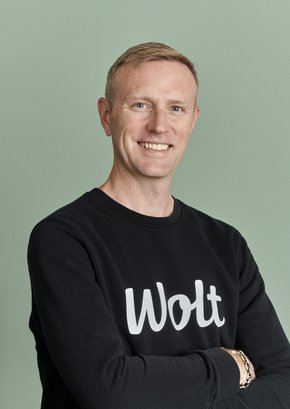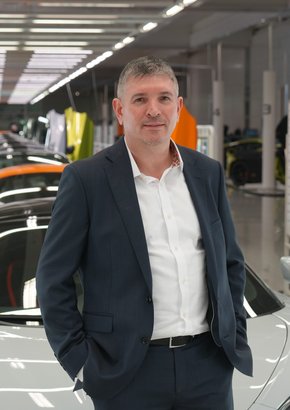
Blythe Crawford
Station Commander, RAF Leeming
RAF eXperimental – or RAFX – is the innovation hub of the UK’s Royal Air Force. It’s an ongoing and evolving mission largely taking shape in North Yorkshire at RAF Leeming – the perfect testbed for new technology and processes and unique in that it has representation from every Group in the Service. RAF Leeming is also home to 90 Signals Unit – the largest communications unit in the military.
The fact that the base is also a closed environment (“behind the wire”) also means it is ideal for testing technology in a closed, controlled environment.
Group Captain Blythe Crawford OBE is Station Commander at RAF Leeming, a position he has held since November 2018 following a tour as RAF exchange officer within the Chief of Staff of the US Air Force’s Strategic Studies Group in Washington.
He is now the driving force behind RAFX and Astra – the campaign to build the Next Generation Royal Air Force. He is empowering airmen with bright ideas to turn those into something tangible via RAFX.
“The challenge that we have is that we are still quite set in our ways and trying to run a fifth-generation air force with 1990s processes and technologies,” admits Crawford. “What we want to do here at Leeming is unleash, empower and enable our people to maximise their full potential and create the Next Generation Air Force.”
Crawford goes on to explain how Leeming is unique in its diversity, which makes it the ideal melting pot or petri dish to experiment and try out new solutions. From the “bad guys” of 100 Squadron to the 90 Signal Unit comms engineers, regiment squadrons and reservists – Leeming has broad representation and each individual also brings their own skills, often beyond their rank and duties.
Being behind the wire also provides a closed environment, which proved invaluable when working with NHSX Track & Trace during the COVID-19 lockdown.
“We had some 400 personnel from across the base who all downloaded the Beta version of the NHS Test & Trace app,” explains Crawford. “We had a couple of people who were ‘guinea pigs’, simulating that they were infected and who then went around the base and we tested the application under different conditions, different proximities, to make sure that it worked.
“There are mutual benefits for other partners to work alongside us, to develop some of their capabilities because of the unique testing ground that we have.
“Traditionally, we in Defence have been a laggard when it comes to adopting capabilities that wider society would use. We're still very much a paper-driven organisation when everybody else has gone digital, so how do we accelerate that and how do we leapfrog from being a technological laggard to actually being at the cutting edge? By partnering with universities and with startups to accelerate that process and to get to the front of the queue with regards to technology rather than being a late adopter."
Read the full story HERE.


Featured Interviews
“For me, we're so much more than a large technology company. There's a responsibility on us as a strategic partner to nations, and as a partner to governments.”





